All Stories
-
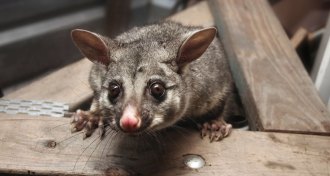 Genetics
GeneticsCurrent CRISPR gene drives are too strong for outdoor use, studies warn
Self-limiting genetic tools already in development may be able to get around concerns surrounding the use of gene drives.
By Susan Milius -
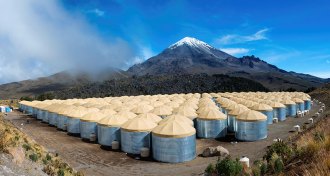 Particle Physics
Particle PhysicsExcess antielectrons aren’t from nearby dead stars, study says
Pulsars might not be behind excess antimatter, gamma-ray observations suggest.
-
 Physics
PhysicsColliding black holes are reported for a fifth time
LIGO spots another merger, this time with less fanfare.
-
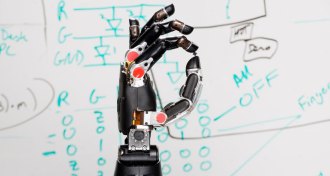 Tech
Tech50 years ago, artificial limbs weren’t nearly as responsive
Artificial limbs have come a long way since 1967.
-
 Neuroscience
NeuroscienceStudy casts doubt on whether adult brain’s memory-forming region makes new cells
An examination of 54 human brains suggests that adults don’t grow new neurons in the hippocampus, contrary to several widely accepted studies.
-
 Health & Medicine
Health & MedicineHow dad’s stress changes his sperm
Stress may change sperm via packets of RNA in the epididymis, a mouse study suggests.
-
 Neuroscience
NeuroscienceThe brain’s helper cells have a hand in learning fear
After a traumatic experience, rat brains release inflammatory signals that come from astrocytes, suggesting a new role for the brain’s “helper” cells.
-
 Science & Society
Science & SocietyIn science, some big risks are worth the rewards
Acting Editor in Chief Elizabeth Quill says scientists sometimes take risks that can lead to significant rewards and important discoveries.
-
 Science & Society
Science & SocietyReaders inspired by SN 10 scientists’ research
Readers wanted to know more about the scientists' research who were profiled in "The SN 10: Scientists to watch."
-
 Astronomy
AstronomyHaze keeps Pluto cool by kicking heat out to space
Pluto may be the only place in the solar system whose atmosphere is kept cool by solid hazes, not warmed by gas.
-
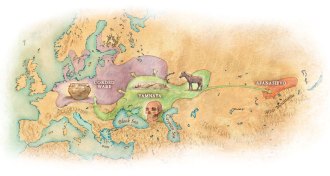 Archaeology
ArchaeologyHow Asian nomadic herders built new Bronze Age cultures
Ancient steppe herders traveled into Europe and Asia, leaving their molecular mark and building Bronze Age cultures.
By Bruce Bower -
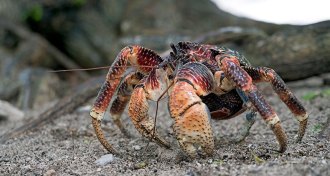 Animals
AnimalsCoconut crabs are a bird’s worst nightmare
A biologist witnesses a coconut crab taking out a blue-footed booby and documents the balance of the animals in an Indian Ocean archipelago.